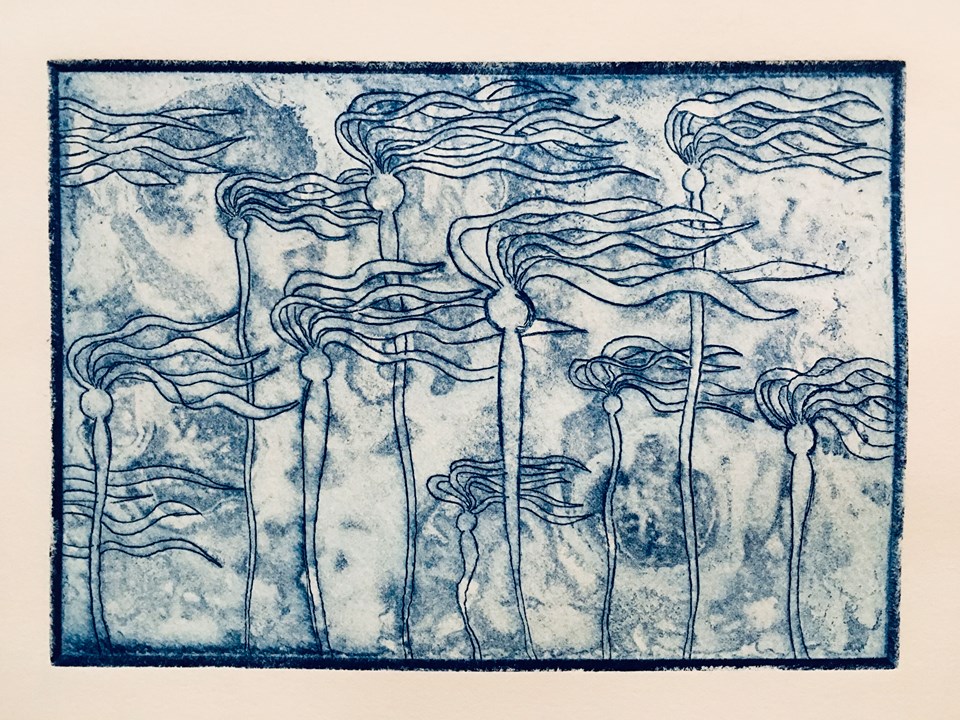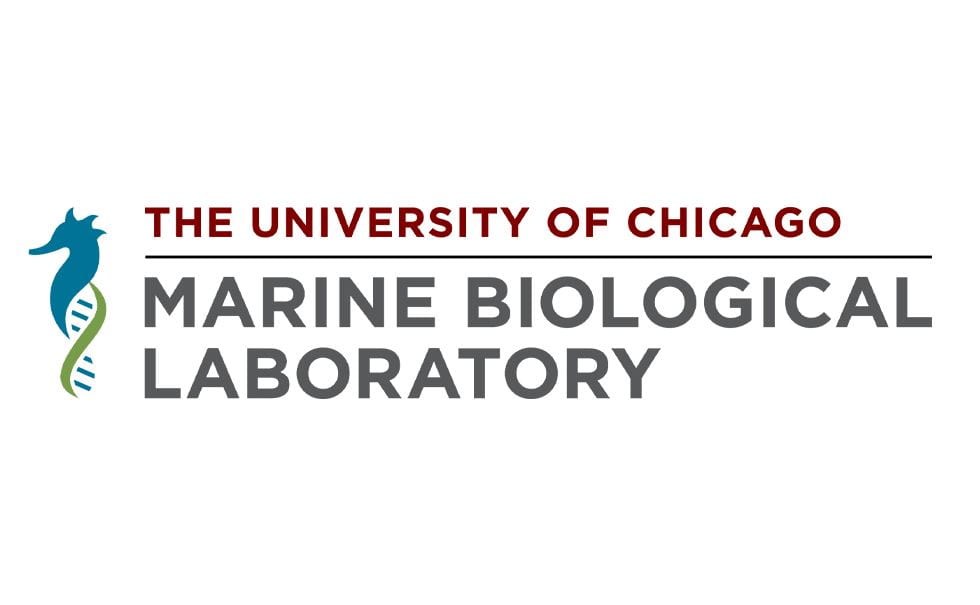
Giant, underwater kelp forests can tower up to 150 feet high, but don’t forget: Like many living things, kelp survival depends on microorganisms associated with its surface.
So when MBL’s Jessica Mark Welch gave a talk on the “amazing spatial structure we see in the bacterial communities of the human mouth and gut” at the University of Chicago, Cathy Pfister’s ears perked up. Pfister, a professor of Ecology and Evolution, wondered if the pioneering techniques Mark Welch’s lab had developed for imaging bacterial community structure could be used to look at microbes on marine surfaces, such as mussel beds or maybe kelp.
Thus germinated a collaboration to visualize the microbes on bull kelp (Nereocystis luetkeana), a canopy-forming species that grows extremely fast (up to 2 cm a day). Canopy-forming kelp are ecologically significant, fixing teragrams of carbon per year in coastal ecosystems. And the bacteria associated with the kelp’s surface synthesize essential vitamins, prevent biofouling, and provide signals that are necessary for normal kelp development. The kelp-bacteria symbiosis is not only ecologically important, it’s a potentially tractable model system for investigating the principles of host-microbe biology.
For the rest of the article, please visit MLB news.

